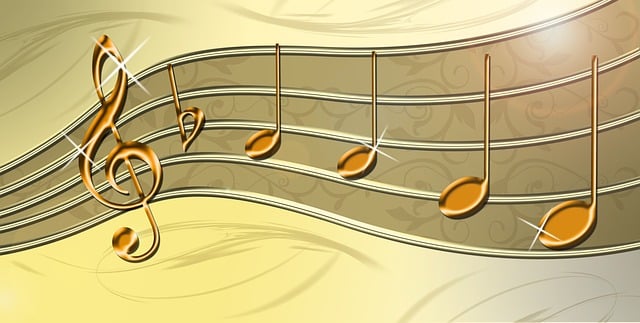
Musical rhythm is formed from a succession of sounds.
Rhythm is a term that comes from rhythmus , a Latin word. It is about the order that, according to what a beat marks, coordinates a succession of things. Musical , on the other hand, is what is linked to music .
Musical rhythm , therefore, is a force or movement formed by a certain succession of sounds . It can be said that the rhythm of music is made up of cycles that are reiterated in time intervals .
How musical rhythm is defined
Notes and rests occur throughout a melody and define its rhythm. Rhythm involves the repetition, at certain intervals, of short, long, weak and strong sounds.
When we listen to a song , rhythm is the organization of pulses (a unit that measures time in music) and accents (the emphasis of a pulse) that we perceive as the structure of the composition. Rhythm can also determine the movement or dance associated with the musical composition.
Musical rhythm can influence mood . A fast-paced song will incite movement, agitation and euphoria. On the other hand, a song with a calm rhythm will facilitate relaxation.
It is important to keep in mind that the same piece of music can contain different rhythms . That is the case of the melody that includes slow moments and others that are much more frenetic. The musician must organize all these elements so that the listener perceives the work as a unit.

The mood can be modified according to the musical rhythm.
Human beings and music
The process of learning music theory is one of the most interesting and one of those that most divides society: almost all of us are born with the ability to perceive music and express it, each with their particular abilities, but only a few carry This natural trait goes one step further and turns music into a series of complex concepts. It is curious that the term "rhythm" is so frequently used among such diverse groups of people, since they all refer to more or less the same thing, and at the same time to very different things.
For the popular music audience, musical rhythm is something magical, inexplicable, that leads us to move and sing, something that is born with those people especially talented at dancing; Academics, for their part, tend to see rhythm as an authority that they must respect , or against which they decide to act shamelessly to inject their own vision, their licenses, into a work, always applying other technical concepts that justify In short, when it comes to rating a rhythm, some express their taste, while others label it according to a theoretical classification.
Despite these differences, all human beings who approach music, both those who do so for mere enjoyment and those who dedicate years of their lives to the study of its theory , establish a relationship with the rhythm of each melody that results. difficult to explain or justify: those that bore us and those that fascinate us, all rhythms touch something in us that awakens an unparalleled reaction.
As mentioned in a previous paragraph, academic music does not always strictly respect rhythm; On the contrary, this occurs more commonly in popular, especially when the bases are synthetic. However, the secret of a good performance and the effect it has on its listeners lies largely in the mastery with which the rhythm is carried: if a melody captivates us and prevents us from forgetting it or stopping listening to it, probably the instrumentalists have done a good job.
